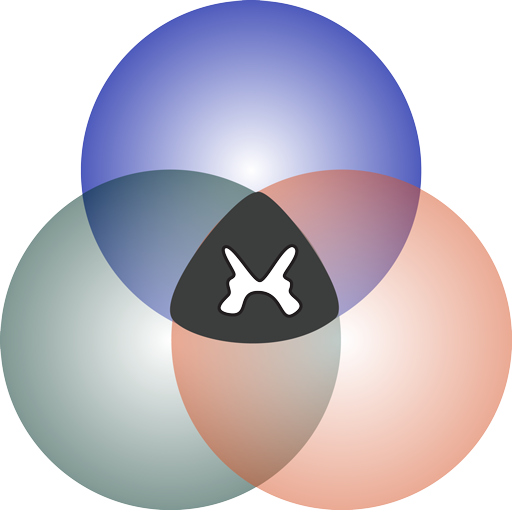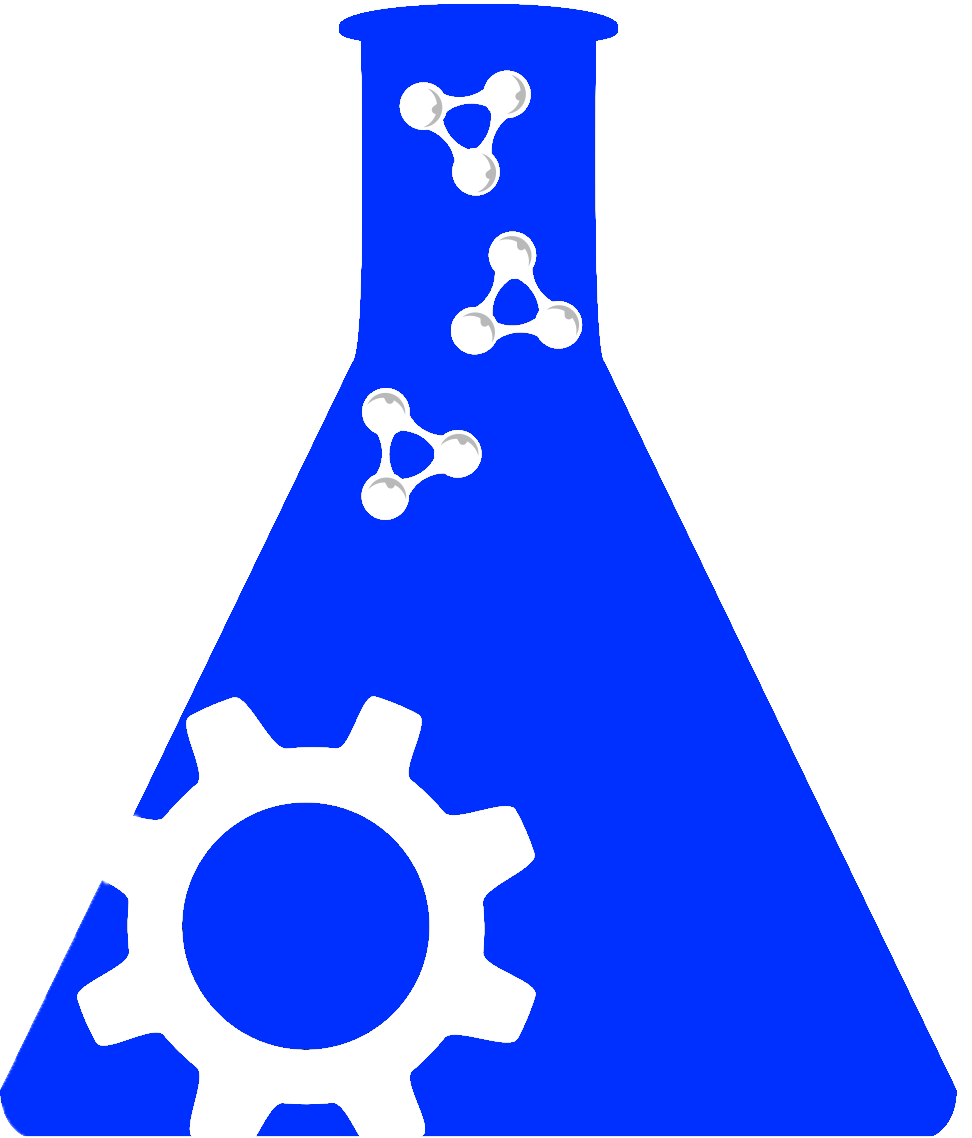Part I: A CLIMBER Meta-analysis, recovery time measured by behavioral outcome tests after contusive injuries on various spinal levels segments in rats and mice of both sexes from Literature-Extracted Data (LED)
DOI:10.34945/F5DG6D
DATASET CITATION
Iorio E. G., Khanteymoori A., Fond K. A., Keller A. V., Maliga Davis L., Schwab J. M., Ferguson A. R., Torres-Espin A., Watzlawick R. (2024) Part I: A CLIMBER Meta-analysis, recovery time measured by behavioral outcome tests after contusive injuries on various spinal levels segments in rats and mice of both sexes from Literature-Extracted Data (LED). Open Data Commons for Spinal Cord Injury. ODC-SCI:1082 http://doi.org/10.34945/F5DG6D
ABSTRACT
STUDY PURPOSE: The purpose of the study was to analyze recovery after spinal cord injury through various different behavioral outcome tests. The study compared effect sizes from literature sourced (literature-extracted data (LED)) to the literatures’ corresponding publicly available raw data (individual animal data (IAD)). Random effect models and regression analyses were applied to evaluate predictors of neuro-conversion in LED versus IAD. Subgroup analyses were performed on animal sex, animal type, animal species, injury severity, injury segment and sample sizes. Publications with common injury models (contusive injuries) and standardized endpoints (open field assessments) were included in the meta-analyses. Studies that recorded open field assessments at 0-3 and 28-56 days past operation were included. This dataset includes the literature-extracted data (LED) (part 1) that was collected for the study. The code to replicate our study can be found on github (https://github.com/ucsf-ferguson-lab/climber_meta_analysis2024.git). This dataset corresponds with another dataset in ODC-SCI (10.34945/F5J59P) which contains raw data, individual animal data (IAD), that directly corresponds to the literature extracted data in this dataset.
DATA COLLECTED: The literature-extracted data (LED) contained in this dataset was pulled from numerical and graphical outcomes reported in published literature. This dataset includes data extracted from 7 different published articles. Unlike other datasets in odc-sci, each row represents an experimental group rather than an individual subject. The values are summarized for each experimental group. Each study from the published articles includes contusion injuries with various severities and different locations, which are indicated in this dataset. Different mice and rat species are included in the dataset with both sexes. Outcome scores at different days-post operation from BBB, BMS, Grooming and Forelimb Open Field tests are also included. The behavioral outcome scores over days post operation were used to calculate effect sizes.
CONCLUSIONS: The goal of the study was to compare effect sizes between the individual animal data (IAD) and the literature-extracted data (LED) using random effect models and regression analyses. Differences were observed in the number of experimental groups and animals per group, insufficient reporting of drop-out animals, and missing information on experimental details. Meta-analysis revealed differences in effect sizes between LED versus IAD. Publications with smaller sample sizes yielded larger effect sizes, while studies with larger sample sizes had smaller effects. Differences were observed between literature-extracted data (LED) and it’s corresponding individual animal data (IAD).
KEYWORDS
meta-science; meta-analysis; systematic review; data-science; analytics; animal studies; individual participate data (IPD); Spinal Cord Injury
PROVENANCE / ORIGINATING PUBLICATIONS
Lindsey, Amy E., LoVerso, Rebecca L., Tovar, C. Amy, Hill, Caitlin E., Beattie, Michael S., Bresnahan, Jacqueline C. (2000). An Analysis of Changes in Sensory Thresholds to Mild Tactile and Cold Stimuli after Experimental Spinal Cord Injury in the Rat. Neurorehabilitation and Neural Repair.14(4):287-300. doi:10.1177/154596830001400405. doi:https://doi.org/10.1177/154596830001400405.
Stephen W. Scheff, Alexander G. Rabchevsky, Isabella Fugaccia, John A. Main, and James E. Lumpp Jr. (2003). Experimental Modeling of Spinal Cord Injury: Characterization of a Force-Defined Injury Device. Journal of Neurotrauma 20:2, 179-193. doi:https://doi.org/10.1089/08977150360547099.
Almad, Akshata, Lash, A. Todd, Wei, Ping, Lovett-Racke, Amy E., McTigue, Dana M. (2011). The PPAR alpha agonist gemfibrozil is an ineffective treatment for spinal cord injured mice. Experimental Neurology, 232(2), 309-317. https://doi.org/10.1016/j.expneurol.2011.09.023. doi:https://doi.org/10.1016/j.expneurol.2011.09.023.
Patel, Samirkumar P., Sullivan, Patrick G., Lyttle, Travis S., Magnuson, David S., Rabchevsky, Alexander G. (2012). Acetyl-L-carnitine treatment following spinal cord injury improves mitochondrial function correlated with remarkable tissue sparing and functional recovery. Neuroscience. 210:296-307. doi: 10.1016/j.neuroscience.2012.03.006. Epub 2012 Mar 15. PMID: 22445934; PMCID: PMC3358433.. doi:https://doi.org/10.1016/j.neuroscience.2012.03.006.
Ferguson, Adam R, Irvine, Karen-Amanda, Gensel, John C., Nielson, Jessica L., Lin, Amity, Ly, Jonathan, Segal, Mark R., Ratan, Rajiv R., Bresnahan, Jacqueline C., Beattie, Michael S. (2013). Derivation of multivariate syndromic outcome metrics for consistent testing across multiple models of cervical spinal cord injury in rats. PLoS One. 2013;8(3):e59712. doi: 10.1371/journal.pone.0059712. PMID: 23544088; PMCID: PMC3609747.. doi:http://doi.org/10.7295/W9T72FMZ.
Pukos Nicole, McTigue, Dana M. (2020). Delayed short-term tamoxifen treatment does not promote remyelination or neuron sparing after spinal cord injury. PLoS One.15(7):e0235232. doi: 10.1371/journal.pone.0235232. PMID: 32735618; PMCID: PMC7394399.. doi:https//doi:10.1371/journal.pone.0235232.
Gensel, John C., Tovar, C. Amy, Hamers, Frank P.T., Deibert, Rochelle J., Beattie, Michael S., Bresnahan, Jacqueline C. (2006). Behavioral and histological characterization of unilateral cervical spinal cord contusion injury in rats. J Neurotrauma. 23(1):36-54. doi: 10.1089/neu.2006.23.36. PMID: 16430371.. doi:https://doi.org/10.1089/neu.2006.23.36.
RELEVANT LINKS
-
Part II: A CLIMBER Meta-analysis, recovery time measured by behavioral outcome tests after contusive injuries on various spinal levels in rats and mice of both sexes from 7 public datasets (Individual Animal Data (IAD)) corresponding to Part 1 Literature-Extracted Data
https://dx.doi.org/10.34945/F5J59P
CLIMBER: Individual Animal Data
-
GitHub Link
https://github.com/ucsf-ferguson-lab/climber_meta_analysis2024.git
NOTES
|
|
DATASET INFO
Contact: Ferguson Adam (adam.ferguson@ucsf.edu)
Lab: Ferguson Lab
ODC-SCI Accession:1082
Records in Dataset: 21
Fields per Record: 33
Last updated: 2024-07-12
Date published: 2024-07-12
Downloads: 11
Files: 2
LICENSE
Creative Commons Attribution License (CC-BY 4.0)
FUNDING AND ACKNOWLEDGEMENTS
National Institutes of Neurological Disorders R01NS118200 (JMS), Craig H. Neilsen Foundation CHNF#596764 (JMS), Wings-for-Life Spinal Cord Research #WfL-US-08/22 (JMS), Ministeriums für Wissenschaft, Forschung and Kunst (MWK) MWK#1030015201 (RW and AK), Canadian Institute of Health Research CIHR#496623 (ATE), NIH R01NS122888 (ARF); UH3NS106899 (ARF); U24NS122732 (ARF), US Veterans Affairs I01RX002245 (ARF), I01RX002787 (ARF), I01BX005871 (ARF), I50BX005878 (ARF), Wings-for-Life Spinal Cord Research Foundation WFL-US-04/21 (ARF)
CONTRIBUTORS
- Iorio, Emma G.
- UCSF
- Khanteymoori, Alireza [ORCID:0000-0001-6811-9196]
- University of Freiburg
- Fond, Kenneth A. [ORCID:0000-0002-9154-6599]
- UCSF
- Keller, Anastasia V. [ORCID:0000-0002-7919-8931]
- UCSF
- Maliga Davis, Lex [ORCID:0009-0007-0474-4313]
- UCSF
- Schwab, Jan M. [ORCID:0000-0001-6784-4919]
- The Ohio State University
- Ferguson, Adam R. [ORCID:0000-0001-7102-1608]
- UCSF
- Torres-Espin, Abel [ORCID:0000-0002-9787-8738]
- University of Waterloo
- Watzlawick, Ralf [ORCID:0000-0001-7886-3314]
- University of Freiburg
- Lindsey, Amy E. [ORCID:0000-0002-0513-9808]
- Ohio State University
- LoVerso, Rebecca L.
- Ohio State University
- Tovar, Amy C.
- Ohio State University
- Hill, Caitlin E.
- Ohio State University
- Beattie, Michael S. [ORCID:0000-0001-9463-3631]
- UCSF
- Bresnahan, Jacqueline C. [ORCID:0000-0003-2243-7054]
- UCSF
- Scheff, Stephen W.
- University of Kentucky
- Rabchevsky, Alexander G. [ORCID:0000-0002-1991-0915]
- University of Kentucky
- Fugaccia, Isabella
- University of Kentucky
- Main, John A.
- University of Kentucky
- Lumpp Jr., James E.
- University of Kentucky
- Almad, Akshata
- Ohio State University
- Lash, A. Todd
- Ohio State University
- Wei, Ping
- Ohio State University
- Lovett-Racke, Amy E.
- Ohio State University
- McTigue, Dana M.
- Ohio State University
- Patel, Samirkumar P.
- University of Kentucky
- Sullivan, Patrick G.
- University of Kentucky
- Lyttle, Travis S.
- University of Kentucky
- Magnuson, David S K. [ORCID:0000-0003-3816-3676]
- University of Louisville
- Irvine, Karen-Amanda [ORCID:0000-0001-5259-1824]
- Stanford University
- Gensel, John C.
- University of Kentucky
- Nielson, Jessica L.
- UCSF
- Lin, Amity
- UCSF
- Ly, Johnathan
- UCI
- Segal, Mark R.
- UCSF
- Ratan, Rajiv R.
- Weill Medical College of Cornell University
- Pukos, Nicole
- Ohio State University
- Hamers, Frank P. T.
- Rudolf Magnus Institute of Neuroscience
- Deibert, Rochelle J.
- Ohio State University
|





